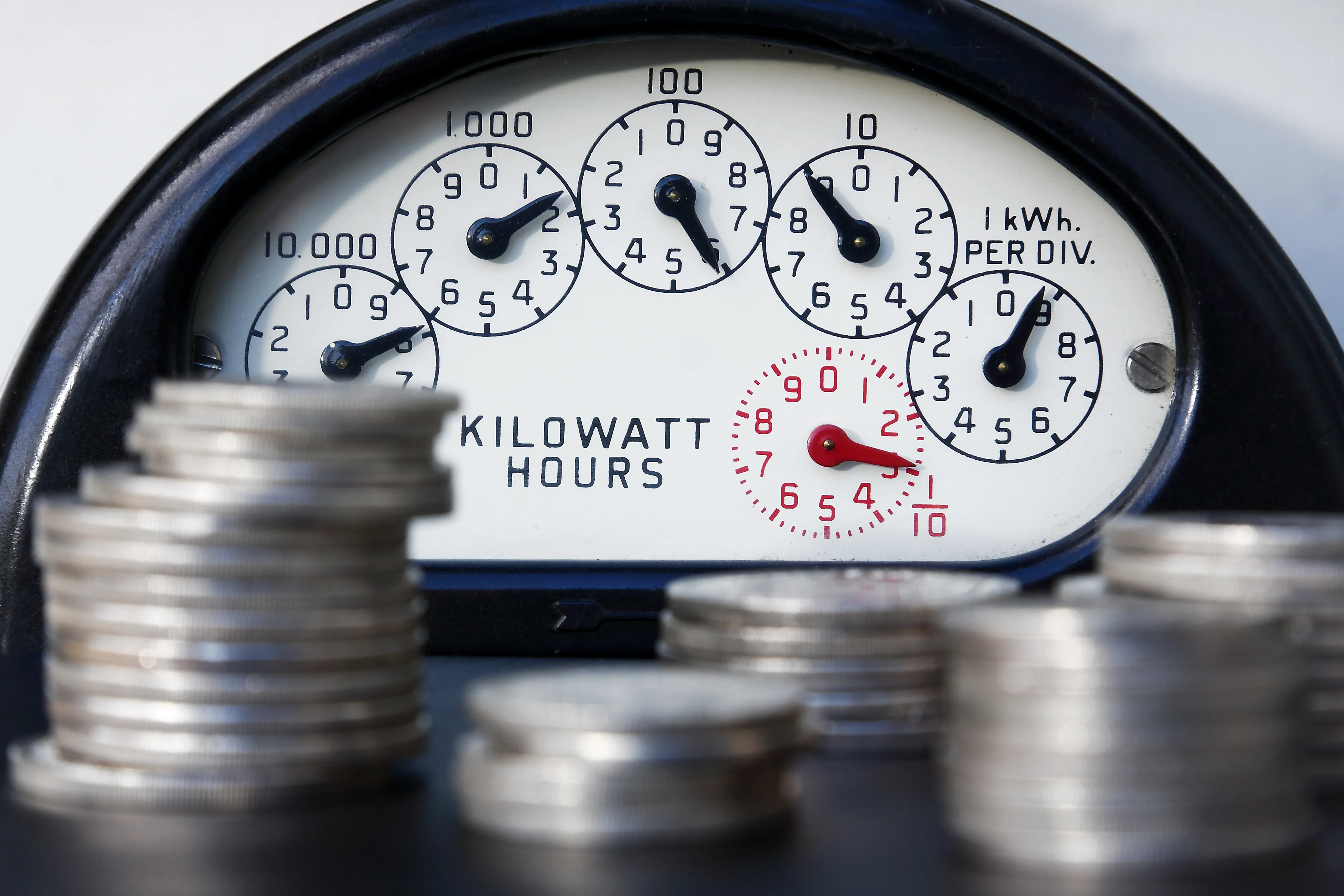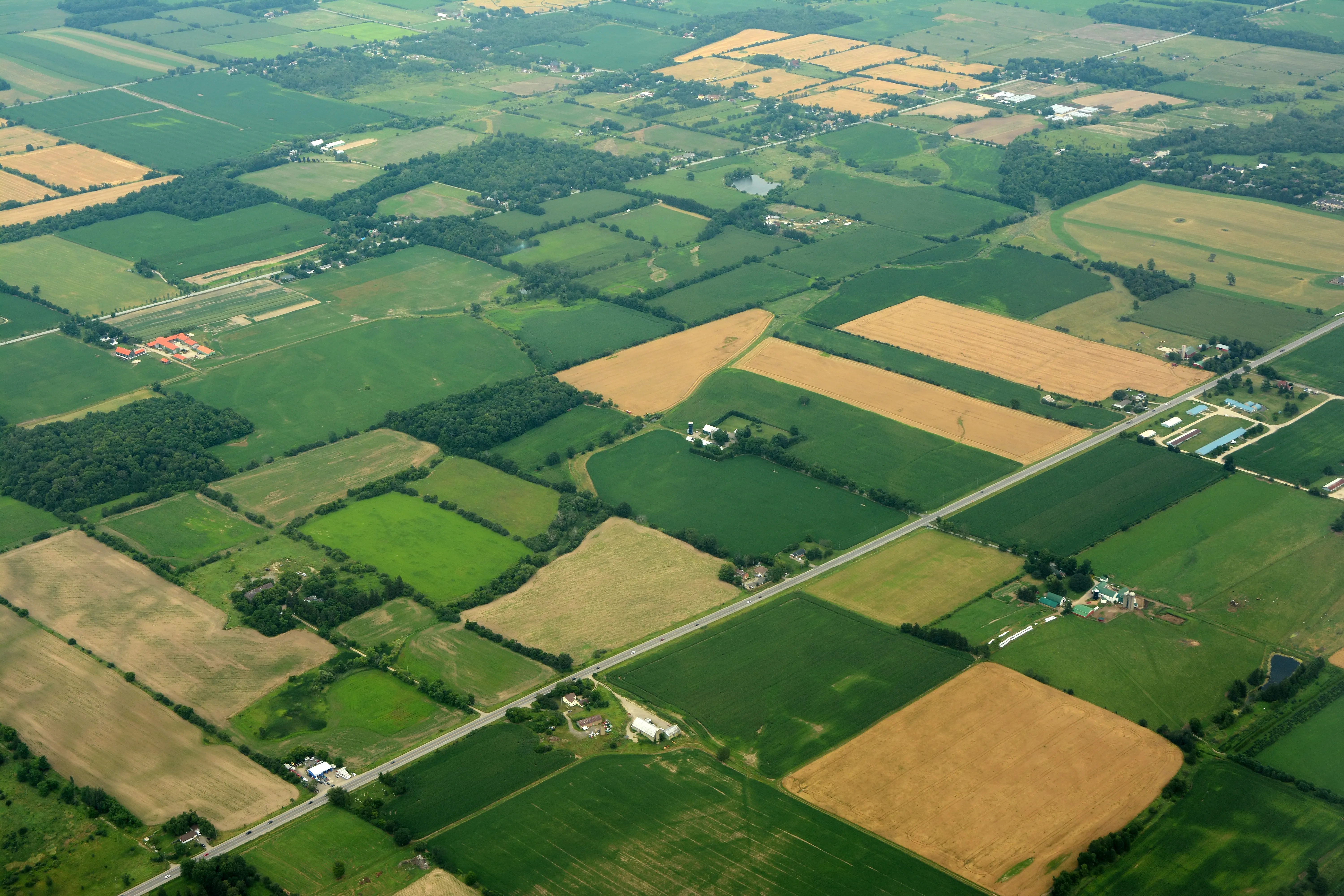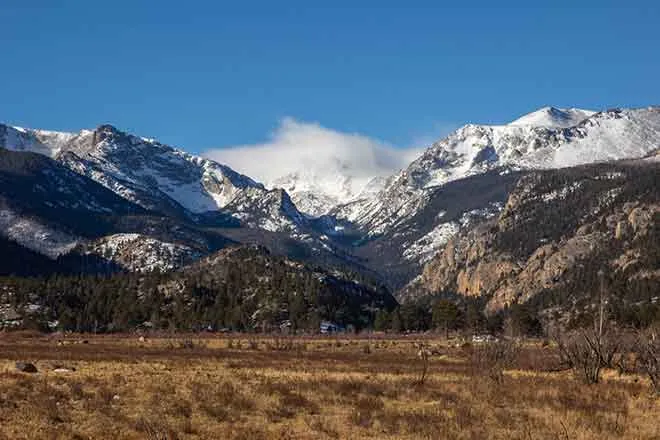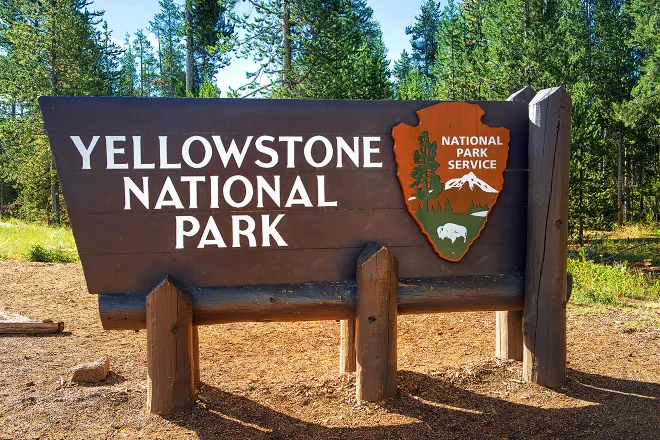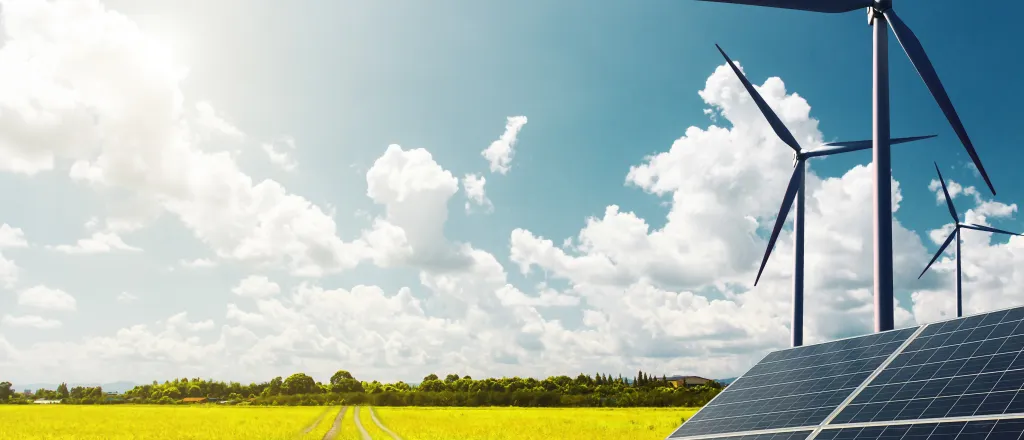
Solar panels go up at Grand Junction vineyard, Colorado’s newest ag and energy project
On a crisp, sunny mid-October day, Horst Caspari, Colorado’s state viticulturist, oversaw solar installers as they placed panels above his vineyard in Grand Junction. Caspari expects the agrivoltaic system to enhance and protect his quarter-acre research plot of Chardonnay grapes while also producing electricity for the Colorado State University Western Campus, site of the vineyard.
Agrivoltaics, also known as dual-use solar, or co-location, refers to agricultural production — including crops, livestock grazing or pollinator habitat — that occurs underneath or adjacent to solar panels. While the vast majority of agrivoltaic projects in the United States are for grazing or pollinator habitat purposes, Caspari intends to show how placing solar panels above crops benefits growers.
His vineyard will join more than 20 other projects that are demonstrating the advantages and tradeoffs of agrivoltaics in Colorado, where state government has invested in expansion of the practice and some farmers have proved to be eager adopters.
“Colorado is a hot spot for agrivoltaics, thanks to our innovative farmers and our frequent sunshine,” said Kristen Boysen, managing director of the Colorado Department of Agriculture’s Drought and Climate Resilience Office.
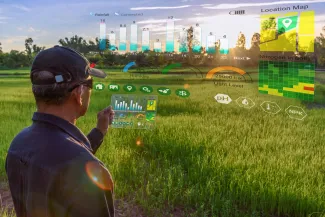
While agrivoltaic projects involving vineyards are more common in Europe, Caspari said his is the first of its kind and size in the United States. A map from a National Renewable Energy Laboratory-supported data resource shows agrivoltaic projects nationwide — none includes a vineyard with panels placed above its grapes.
In Longmont, approximately 7,000 people have visited the nonprofit Colorado Agrivoltaic Learning Center, located at Jack’s Solar Garden— the largest commercially active agrivoltaic system in the United States researching growth of crops and other vegetation under photovoltaic solar panels. Jack’s Solar Garden owner and manager Byron Kominek said thousands more have learned about agrivoltaics through the center’s outreach efforts.
During the installation at the CSU Western Campus, workers stood atop two aerial lifts as they placed 7-foot-long solar panels on top of a 14-foot tall steel structure. The project’s 240 solar panels, which can rotate to track the sun from east to west, will produce approximately 155 megawatt-hours of energy a year — about 40 percent of the energy used by the Western Campus.
Caspari intends to demonstrate how agrivoltaics can help mitigate the effects of drought, increasing temperatures, and devastating weather events — like the hailstorm that occurred June 6, in Grand Junction.
“We had two years back-to-back hail, which is unusual,” Caspari said. “Heating up the atmosphere releases more energy, creating heavier rainfalls, more extreme weather. This year was catastrophic — we lost the crop completely — peaches, apples, cherries, vegetables, grapes. Everything grown here is gone. Some fruit survived but was dinged up and not marketable.”
The research center at the CSU Western Campus lost 50 percent of its apples to sunburn a few years ago, he said.
The new solar panels will protect crops from future hail damage, as well as provide intermittent shade that will cool crops and prevent sunburn, Caspari said. Shaded plants also use less water, a significant factor in an arid climate, he added.
Caspari also expects the panels will prevent frost damage, a major reason for crop failure. An inversion frost — where there’s little or no wind — causes cold air to settle near the ground as warm air rises. Wind machines tap into that warmer air and push it back to the ground to replace the cold air. Solar panels trap heat underneath when nighttime temperatures drop.
“A few degrees Fahrenheit can make the difference between a full crop or no crop,” Caspari said.
‘We can do both’
In nearby Palisade, Talbott Farms plans to install agrivoltaics above about an acre of its peach trees later this fall.
“When we have cold nights, the panels will reflect the heat back into the orchard. That’s significant,” said Charlie Talbott, a partner at Talbott Farms. “We blow warm air from above into our orchard — with wind machines. (The solar panels) would accomplish that same thing.”

Talbott’s solar panels will produce 750,000 kWh of energy, which will provide all the electricity needed to power the family farm’s packing and processing facility, and cold storage areas.
Large solar arrays spread out over good agricultural land has led to land-use conflicts. Agrivoltaics reduces that tension because both uses — agricultural and energy production — occur on the same site, while providing added benefits for ag producers.
“We can do both — install solar panels to create energy, and protect crops and land at the same time,” Caspari said.
Talbott’s goal “is to create an environment of symbiosis — food production while creating energy,” he said. “We can do all of our farming uninterrupted below the panels. I think it’s going to be interesting. It should produce all the energy we need.”
Harvesting crops underneath solar panels also potentially protects farmworkers. According to preliminary data from the University of Arizona, “skin temperature can be about 18 degrees Fahrenheit cooler when working in an agrivoltaics area than in traditional agriculture.”
Both Caspari and Talbott are working with CSU to provide research data.
State support
Caspari spent years raising the $450,000 needed for his vineyard/agrivoltaics research project — funds that came from multiple sources, including a U.S. Department of Agriculture Specialty Crops Block Grant, administered by the Colorado Department of Agriculture; a CDA Agrivoltaics Research and Demonstration Grant; Western Colorado Community Foundation; private donors; CSU’s renewable energy program; and the AES Corporation.
One of the things that Caspari and his staff will be studying is the soil compaction caused by heavy equipment used during the solar installation process. Ideally, an agrivoltaics system would be installed prior to planting a vineyard, he said.
“Soil compaction in-between the rows can impact water, nutrients, and air infiltration which can also affect crop production, which is one of agrivoltaics’ greatest hurdles,” said Analissa Sarno, a postdoctoral scientist at the research station focusing on soil.
To help fund his approximately $1.5 million project, Talbott was awarded a more than $700,000 grant from the USDA’s Rural Energy for America Program, or REAP, and has also received federal and other tax credits. He said he expects to recoup his investment by year three.
In August, the Trump administration cut federal funding, including for the REAP program, restricting future solar projects on farms.
However, the Colorado Department of Agriculture offers an annual Agrivoltaics Research and Demonstration Grant to fund all types of agrivoltaic projects, said Boysen, of the CDA.
“Colorado is still committed to renewable energy, and there are other programs that fund renewable energy and agriculture,” Boysen said. “While (agrivoltaics) won’t work in every scenario, it is a good option for many.”
Co-locating solar with agricultural production helps farmers withstand the pressure to sell their land to housing and energy developers, she said.
“We, at the Colorado Department of Agriculture, believe agrivoltaics is a great idea,” Boysen said. “It creates multiple benefits with one parcel of land. It helps keep farmers farming.”
The CSU Western Colorado Research Center is offering a tour of its new agrivoltaics project Friday, Nov. 14 from 12:30 p.m. to 3 p.m., at 3170 B-1/2 Road in Grand Junction.

